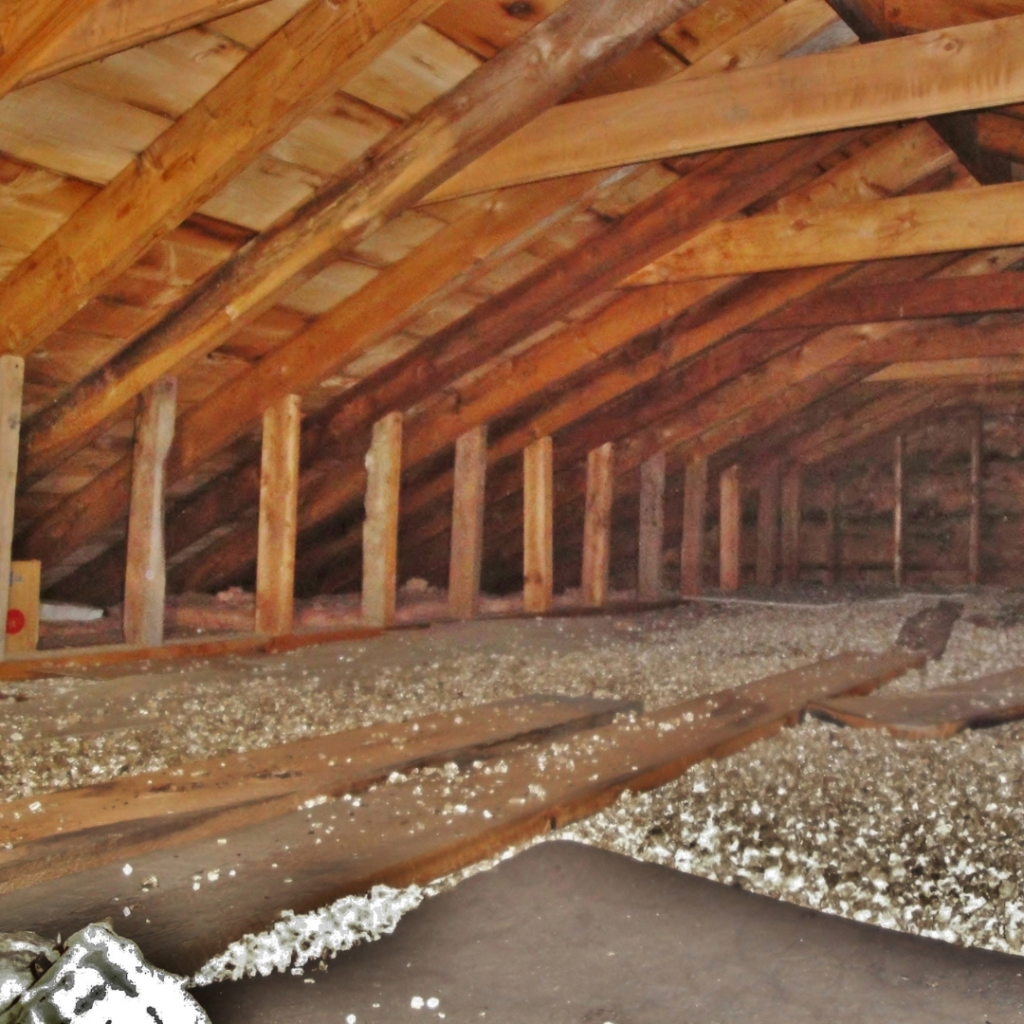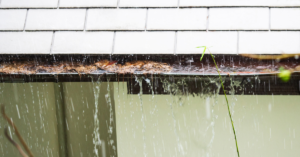A ceiling cavity is often neglected unless a need arises. However, it must not be so; you must clean a ceiling cavity every 8 to 10 years, as it affects the air quality of your home and poses a health hazard.
If you are unaware of what objects may be residing in your ceiling, here is a quick rundown of usual and unusual findings during the cleaning of a ceiling cavity.
Objects That Are Commonly Found During Ceiling Cavity Cleaning
If you do not know what a ceiling cavity is, it is the space between your house ceiling and roof. It is a hidden part of your home that is hardly visited and is often used to store materials that are not likely to see the light of day.
Some things stored in a cavity ceiling are:
- Old household items and clothes
- Remaining building materials and waste from previous construction
- Debris from construction
- Dangerous chemicals like chlorine, fuel, and oil
These materials can cause sagging of the ceiling due to their additional weight, and many of the objects even pose a fire hazard. There is a lot of dirt and dust from airborne particles due to coal burning, vehicle emissions, and industrial activities.
The stored objects and the dirt provide an excellent breeding ground for mildew, mould, insects, rodents, and other animals.
Some pests commonly found during cleaning are:
- Rats and mice
- Insects
- Silverfish flies
- Bees and wasps
- Spiders
- Flies
- Birds
These pests make the cavity their home, and their infestation can lead to great damage to the property as well as health. A cavity infested by pests will have animal droppings, fungal spores, decomposed insects, animal nests, and carcasses.
All these objects can decompose into fine dirt that will find its way into your home through appliances attached to the ceiling like fans, lights, roof access points, and air conditioners, or any other gaps that have formed in your ceiling from damage due to the heavy load in the ceiling cavity.
Odd Things Found In The Ceiling Cavity
The above-mentioned items are not the only things residing in your ceiling cavity. As you know, the occupants of your ceiling cavity are not just the items you store but also the uninvited guests that take up permanent residence.
So, who resides in your home cavity will depend on where you stay, the local fauna, and environmental conditions. If you have a lot of trees or a forest nearby, some unexpected guests that can be found in your ceiling are:
1. Possums
Possums are one of the most adaptable and versatile marsupials found in Australia. They usually stay away from humans and do not cause them any harm. But a possum, particularly the brushtail possum, may often take residence in your ceiling cavity.
They may build a nest but will happily do without one as well. To protect your home from being inhabited by possums, close off any opening that a possum head can go through.
2. Pest Birds
Ceiling cavities provide excellent homes for pest birds. Some of these species nest in large numbers, creating serious problems for properties that they infest.
3. Snakes
Old snakeskin can often be found during a ceiling cavity clean-up. A snake can find its way to the cavity in search of rats and mice; however, sometimes, it can make it a permanent residence. In one case, 10 snakes were found residing in the ceiling cavity of a home.
Apart from animals, many other surprising things can be found in a ceiling cavity. During one of their ceiling cleaning jobs, Gutter-Vac came across an interesting case. The previous homeowner had used papers and magazines to create a wet and dry mix to serve as insulation. Such fixes end up providing rodents with an even cosier space to build a home.
In a piece of bizarre news, a Queensland resident found an intruder living in her ceiling cavity!
Conclusion
Cleaning your ceiling cavity is a very important process that you must not overlook. If not cleaned on a regular basis, it can pollute the air in your home, causing serious health problems and even serving as a breeding ground for a variety of dangerous pests.










